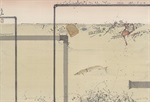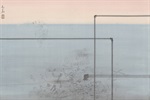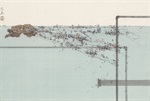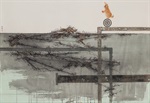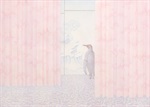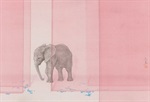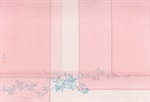1989 born in Shandong Province
2012 graduated from the school of Chinese Painting, Central Academy of Fine Arts
Currently works and lives in Beijing
GROUP EXHIBITION
2020
The Third Powerlong Art Award "Yaju" Chinese Contemporary Hue Art Exhibition, Powerlong Museum, Shanghai, China
The 7th "Stars Project" Youth Contemporary Art Exhibition, Tree Art Museum, Beijing, China
2019
Youth Koans - 2019 Guan Shanyue Art Museum Youth Meticulous Painting Exhibition, Guan Shanyue Art Museum, Shenzhen, China
2019 National Outstanding Young Artists (Calligraphy and Painting) Talent Achievements Exhibition, Yanhuang Art Museum, Beijing, China
The 18th New Works Exhibition, Capital Library, Beijing, China
"Grew up with My Motherland" Beijing Youth Fine Arts Exhibition, Today Art Museum, Beijing, China
"Be-cause of Painting" Painting Invitation Exhibition, Xiangshan Art Commune, Hangzhou, China
The 5th Art Suzhou International Exchange Exhibition in 2019, Guoyunlou, Suzhou, China




